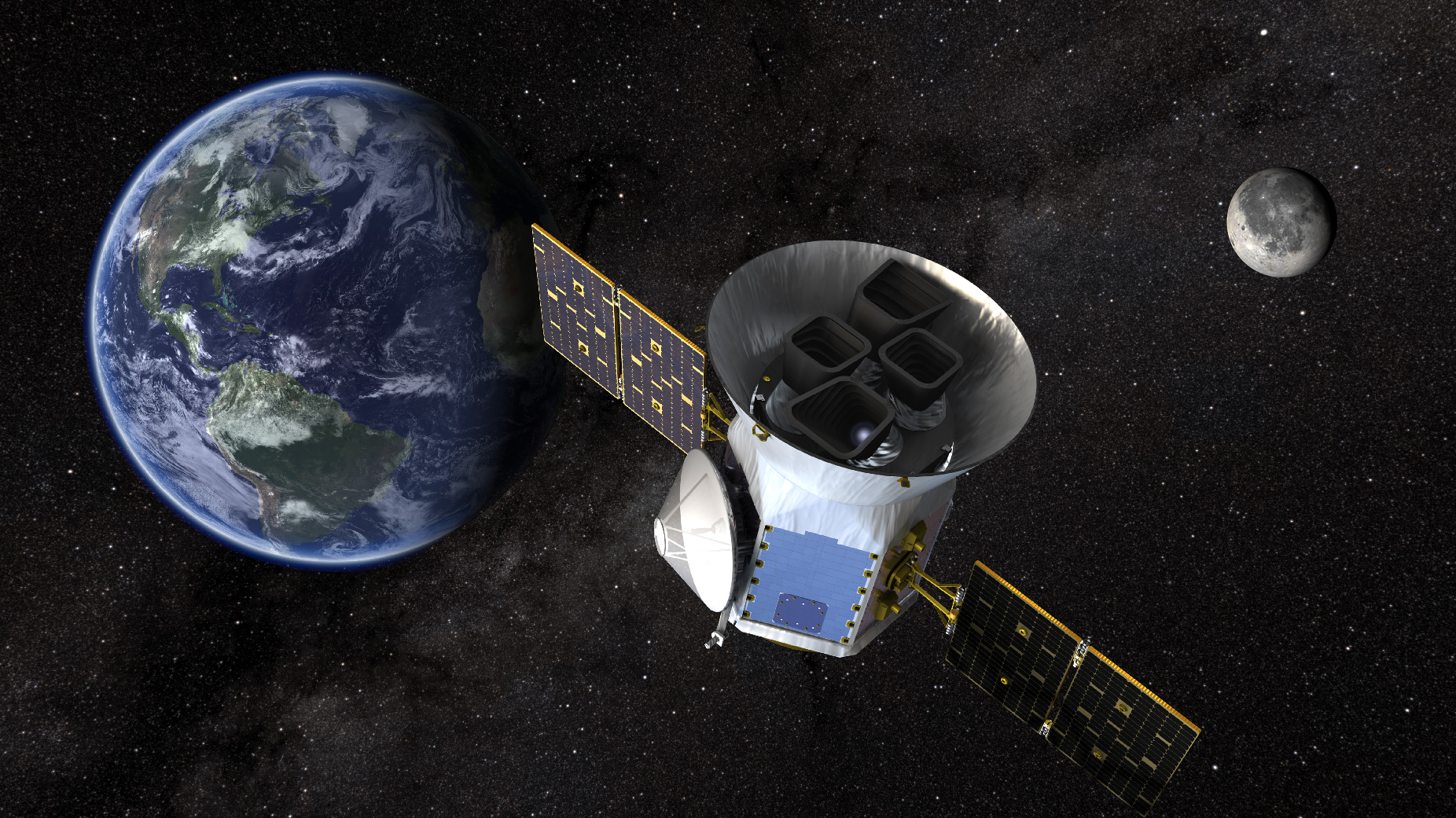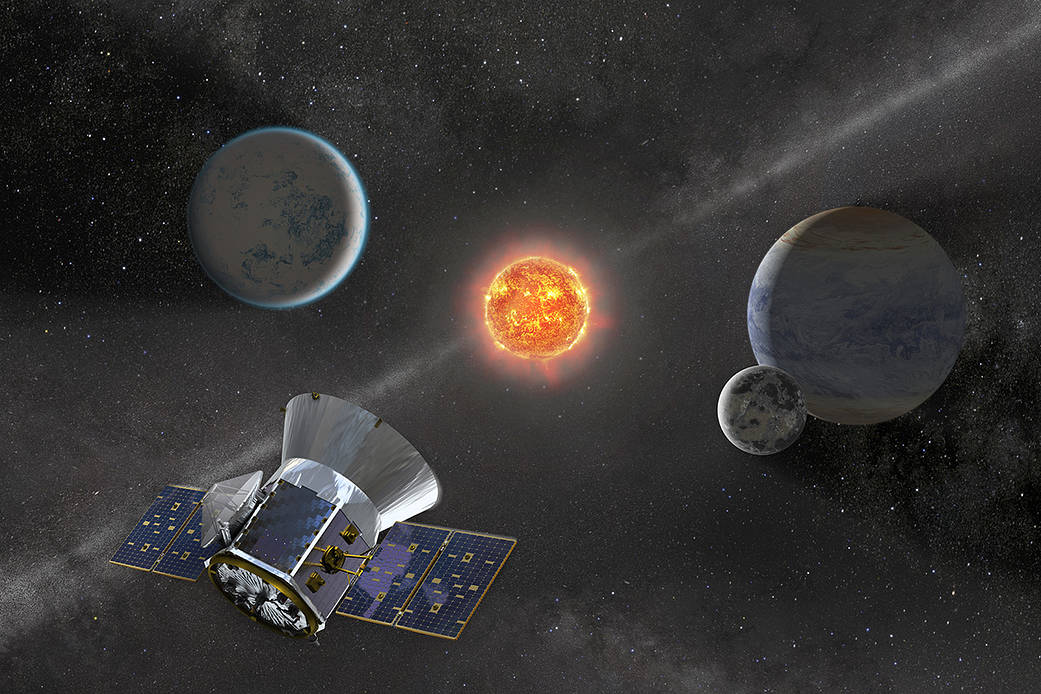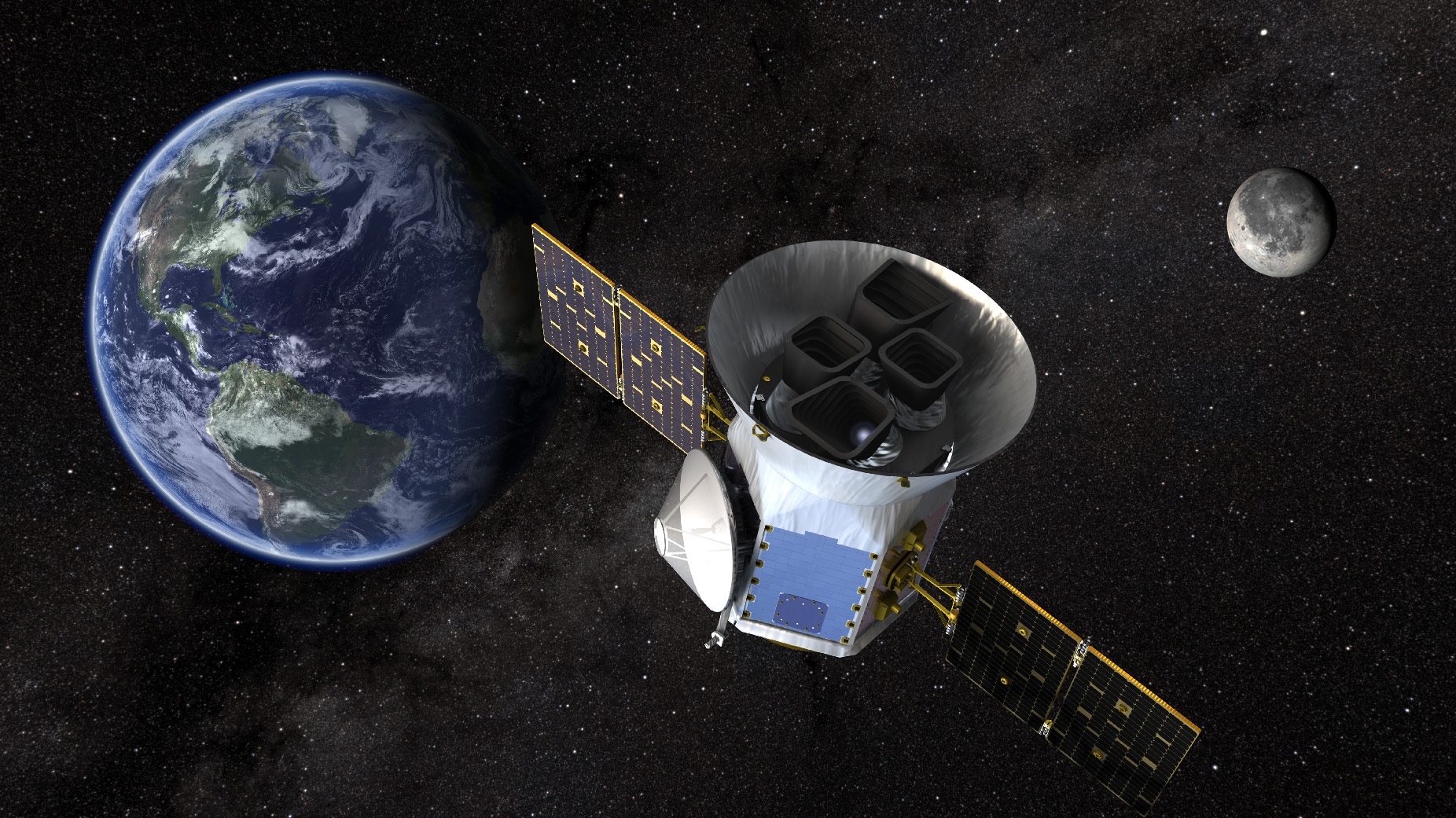NASA’s TESS (Transiting Exoplanet Survey Satellite) mission recently reached its fifth anniversary of service to humanity as it continues to tirelessly scan the heavens for worlds beyond. Dubbed as an all-sky mission, TESS was launched on April 18, 2018, aboard a SpaceX Falcon rocket. During its five years in space, TESS’s four 24 degrees by 24 degrees field-of-view CCD cameras have successfully mapped greater than 93% of the cosmos.
Continue reading “TESS Reaches Fifth Anniversary of Extraordinary Mission, but its Work is Far from Over”TESS Reaches Fifth Anniversary of Extraordinary Mission, but its Work is Far from Over



